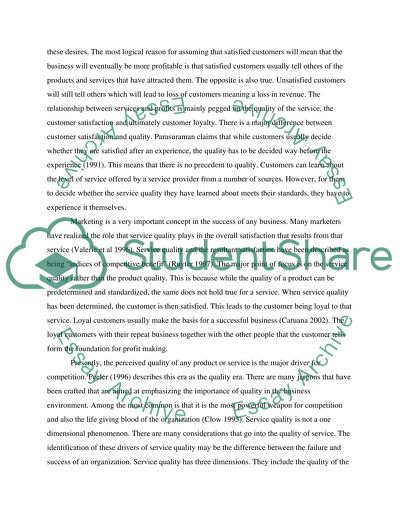Cite this document
(“Critique of the service-profit chain Essay Example | Topics and Well Written Essays - 3500 words”, n.d.)
Retrieved from https://studentshare.org/marketing/1393950-critique-of-the-service-profit-chain
Retrieved from https://studentshare.org/marketing/1393950-critique-of-the-service-profit-chain
(Critique of the Service-Profit Chain Essay Example | Topics and Well Written Essays - 3500 Words)
https://studentshare.org/marketing/1393950-critique-of-the-service-profit-chain.
https://studentshare.org/marketing/1393950-critique-of-the-service-profit-chain.
“Critique of the Service-Profit Chain Essay Example | Topics and Well Written Essays - 3500 Words”, n.d. https://studentshare.org/marketing/1393950-critique-of-the-service-profit-chain.


